Budapest is a city where history and modernity coexist in striking harmony. Officially formed in 1873 from the unification of Buda, Pest, and Óbuda, the city has roots that stretch back to Roman times. Over the centuries, it has been shaped by Ottoman rule, the Austro-Hungarian Empire, and the turbulent events of the 20th century, including World War II and the 1956 revolution. Today, Budapest is known for its grand architecture, thermal baths, vibrant cultural scene, and scenic setting along the Danube River. Visitors are drawn to its historic districts, iconic landmarks, and the unique character that comes from its layered past.
The Same
We were instantly enchanted by Budapest its striking mix of old and new, the grandeur of its architecture, and the way the Danube divides the city into two distinct personalities: historic Buda and lively Pest. Both trips to Budapest were part of broader Eastern European adventures, offering the perfect mix of culture, history, and striking architecture. Exploring castles, sharing hearty Hungarian meals, and soaking up the city’s history together made for a meaningful multigenerational experience and a highlight of the entire trip.
Buda Castle District
Wandering through the Buda Castle District felt like stepping back in time. With cobblestone streets, medieval architecture, and panoramic views of the Danube, the area was both peaceful and awe-inspiring. We loved exploring at our own pace—ducking into museums, snapping photos from scenic terraces, and enjoying coffee at charming cafes tucked into historic buildings. It’s the kind of place where history comes to life around every corner.
- Buda Castle – A massive palace complex housing the Hungarian National Gallery, Budapest History Museum, and the National Széchényi Library.
- Fisherman’s Bastion – A dreamy terrace with turrets and sweeping views of the Parliament building across the river.
- Matthias Church – A striking Gothic church with colorful tiled roofs and a rich history dating back over 700 years.
- Hospital in the Rock Museum – A fascinating underground museum showcasing a former WWII and Cold War emergency hospital carved into the hill.
- Vienna Gate & Medieval Streets – Stroll through this historic gateway and enjoy the atmospheric streets lined with Baroque and medieval buildings.
- Ruszwurm Confectionery – One of Budapest’s oldest pastry shops, serving traditional Hungarian sweets in a cozy, historic setting.
The Pest side of Budapest is the city’s vibrant, energetic heart; flat, bustling, and full of life. It’s where grand boulevards meet ruin bars, historic landmarks sit beside modern cafes, and the city’s pulse truly comes alive.
- Heroes’ Square: Cross the Danube to Pest and visit Heroes’ Square, one of Budapest’s most important landmarks. Admire the grandiose statues and monuments honoring Hungary’s national heroes, and explore the nearby City Park, home to attractions such as Vajdahunyad Castle and the Széchenyi Thermal Bath.
- Hungarian Parliament Building: Conclude your sightseeing tour with a visit to the Hungarian Parliament Building, an architectural masterpiece and one of the largest parliament buildings in the world. Admire its neo-Gothic façade, intricate details, and stunning riverside location. Consider taking a guided tour to explore the interior and learn about Hungary’s political history.
- Great Market Hall – A colorful spot to sample Hungarian foods, shop for paprika, or grab a quick lángos (fried dough).
- Gellért Hill: Take a leisurely stroll or a scenic tram ride up Gellért Hill for breathtaking panoramic views of Budapest and the Danube River. At the summit, you’ll find the iconic Liberty Statue commemorating Hungary’s liberation from Nazi occupation, as well as the famous Citadella fortress.
Danube River Cruise:
The Danube River flows through Hungary, offering scenic cruises and opportunities for leisurely walks along its banks. Don’t miss the chance to take a boat tour of the Danube, which provides stunning views of Budapest’s landmarks illuminated at night.
- Margaret Bridge – An elegant, yellow-painted bridge connecting Buda and Pest, near Margaret Island.
- Buda Castle – A historic palace complex perched on Castle Hill, beautifully lit at night with panoramic views over the Danube.
- Castle Bazaar (Várkert Bazár) – A restored 19th-century Neo-Renaissance complex along the riverfront, blending architecture and gardens.
- Gellért Hill – A scenic hill offering panoramic views of the city, topped with the Liberty Statue.
- Gellért Baths – One of Budapest’s most famous thermal baths, housed in an Art Nouveau building at the foot of Gellért Hill.
- Budapest University of Technology and Economics – A prestigious institution with a striking riverside building dating back to the 18th century.
- Corvinus University of Budapest – Known for its grand façade, this university sits along the Pest side of the Danube.
- Vigadó Concert Hall – A beautiful riverside concert venue showcasing Neo-Romantic architecture and cultural performances.
- Hungarian Academy of Sciences – A stately building supporting scientific research, prominently located near the Chain Bridge.
- Hungarian Parliament Building – The crown jewel of the Danube riverfront, this Gothic Revival masterpiece is stunning by day or when illuminated at night.
Budapest: City Highlights Sightseeing Cruise
Hungarian Cuisine:
Hungarian cuisine is rich, hearty, and full of bold flavors, with a heavy emphasis on paprika, slow-cooked meats, and comforting stews. Whether dining at a rustic tavern or a modern bistro, the food offers a delicious glimpse into the country’s traditions.
- Rétes (Strudel) – Flaky pastry filled with fruit, poppy seeds, or sweet cheese, often dusted with powdered sugar.
- Gulyás (Goulash) – A savory beef soup spiced with paprika and loaded with potatoes and vegetables.
- Pörkölt – A thick meat stew similar to goulash but richer and served over noodles or dumplings.
- Lángos – Deep-fried dough topped with sour cream, cheese, and garlic—Hungary’s ultimate street food.
- Hortobágyi Palacsinta – Savory crêpes filled with meat and topped with creamy paprika sauce.
- Töltött Káposzta – Cabbage rolls stuffed with pork and rice, simmered in a flavorful tomato sauce.
- Halászlé – A spicy fisherman’s soup made with freshwater fish and plenty of paprika.
- Dobos Torte – A layered sponge cake with chocolate buttercream and a caramel topping—an iconic Hungarian dessert.
Summary
Budapest is a city where centuries of history and vibrant modern life beautifully intertwine. Formed in 1873 from the unification of Buda, Pest, and Óbuda, the Hungarian capital reveals its layered past through grand architecture, thermal baths, and stories of empires and revolutions. Both visits to Budapest were part of multi-country Eastern European adventures—one as a romantic couple’s getaway, the other with extended family and a mother-in-law before kids. In both cases, the city stood out as a highlight for its culture, beauty, and atmosphere.
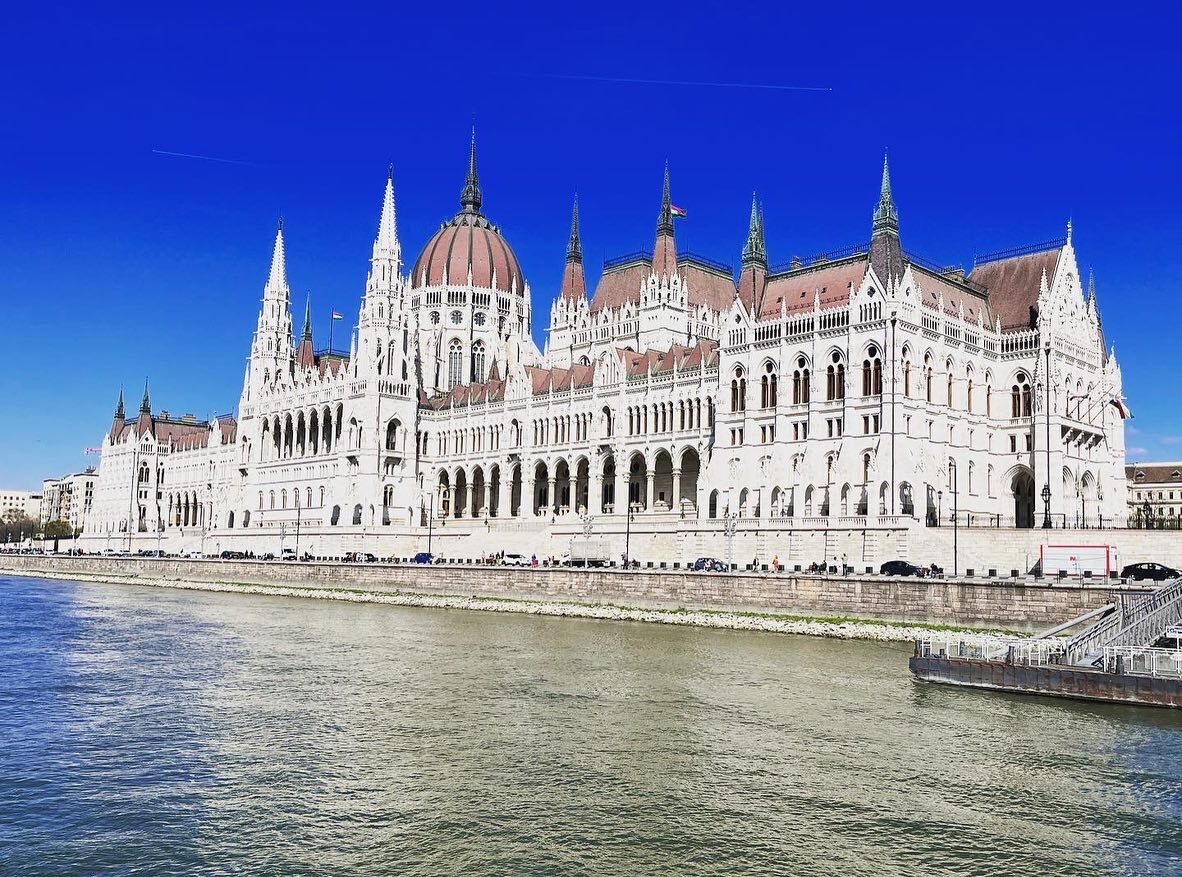
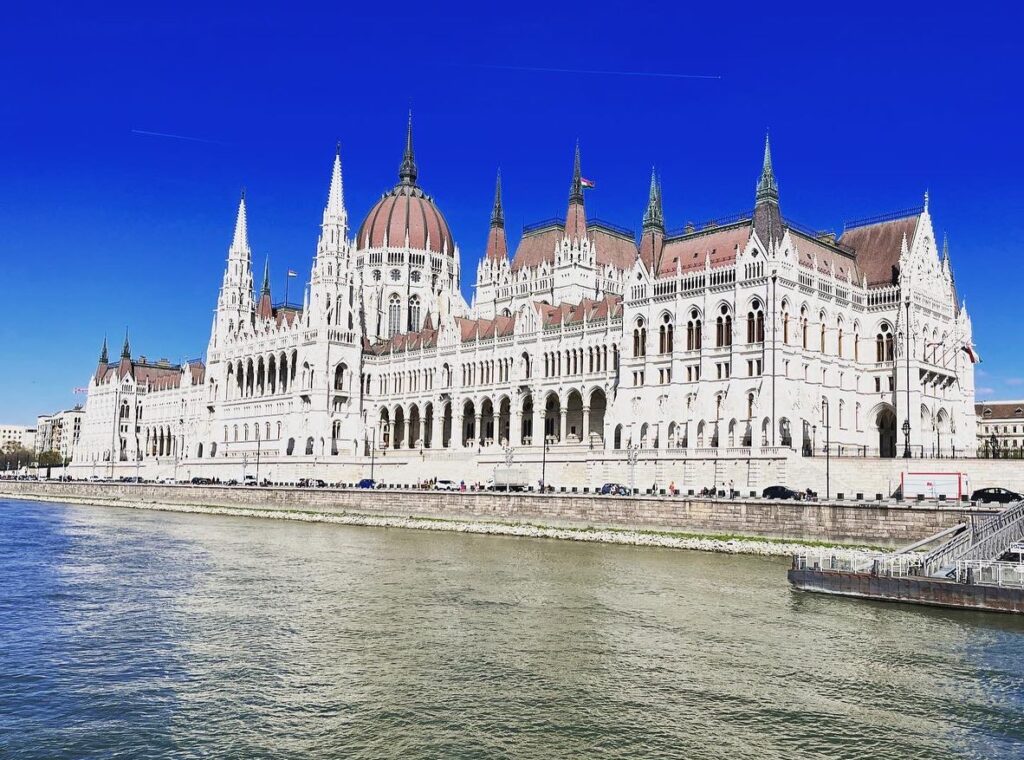
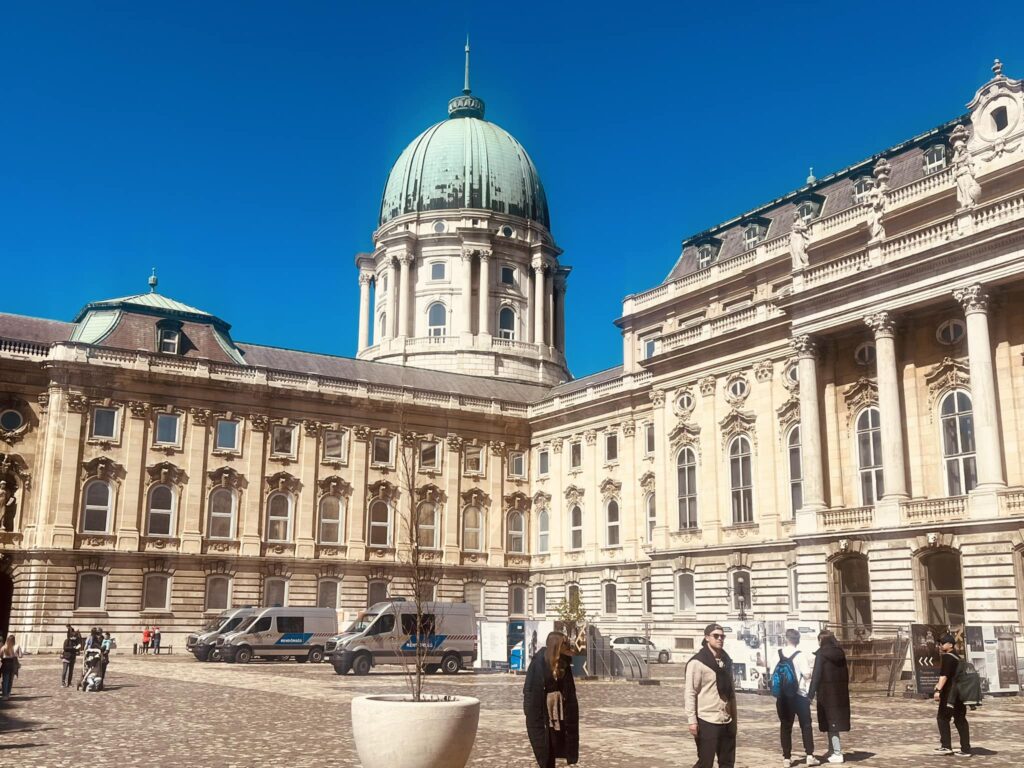
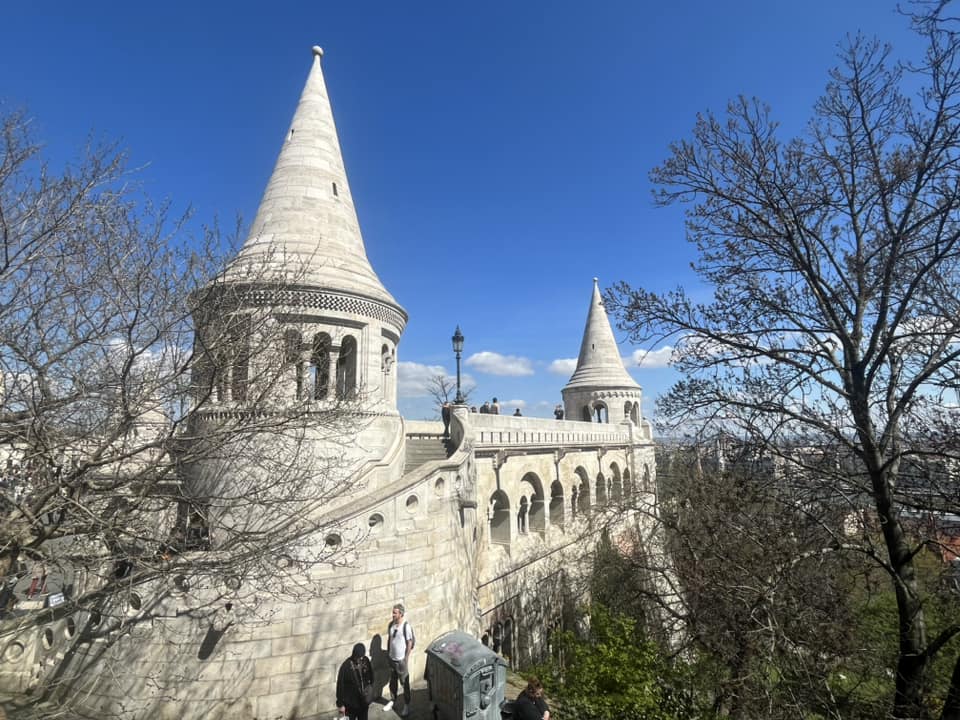
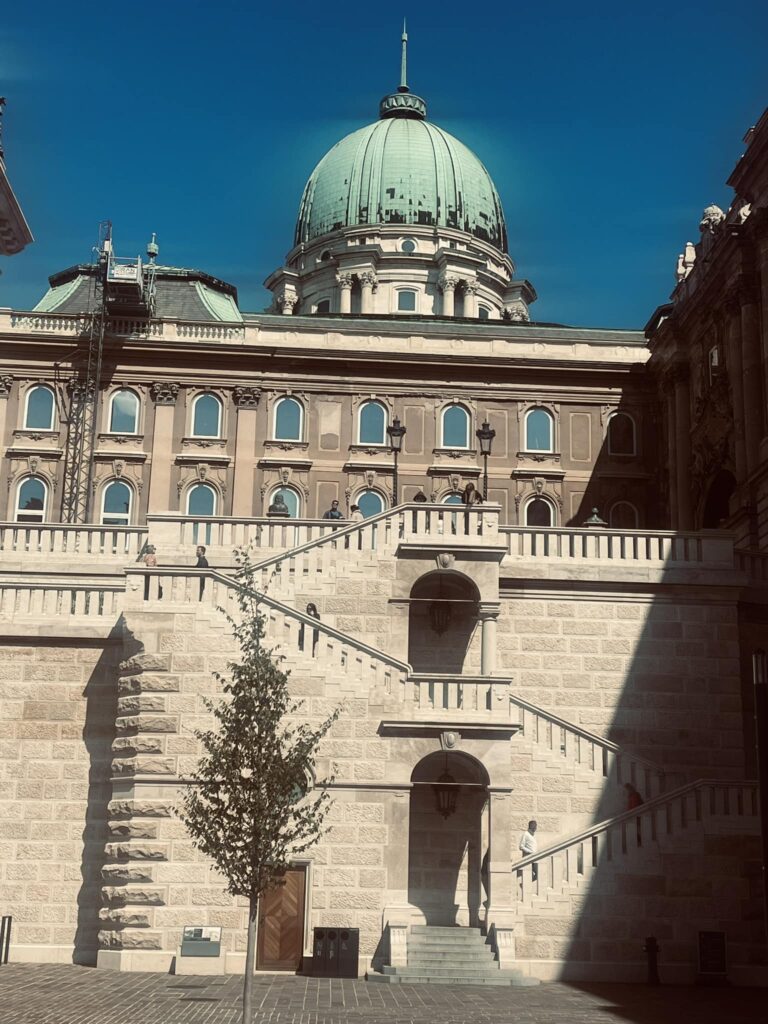
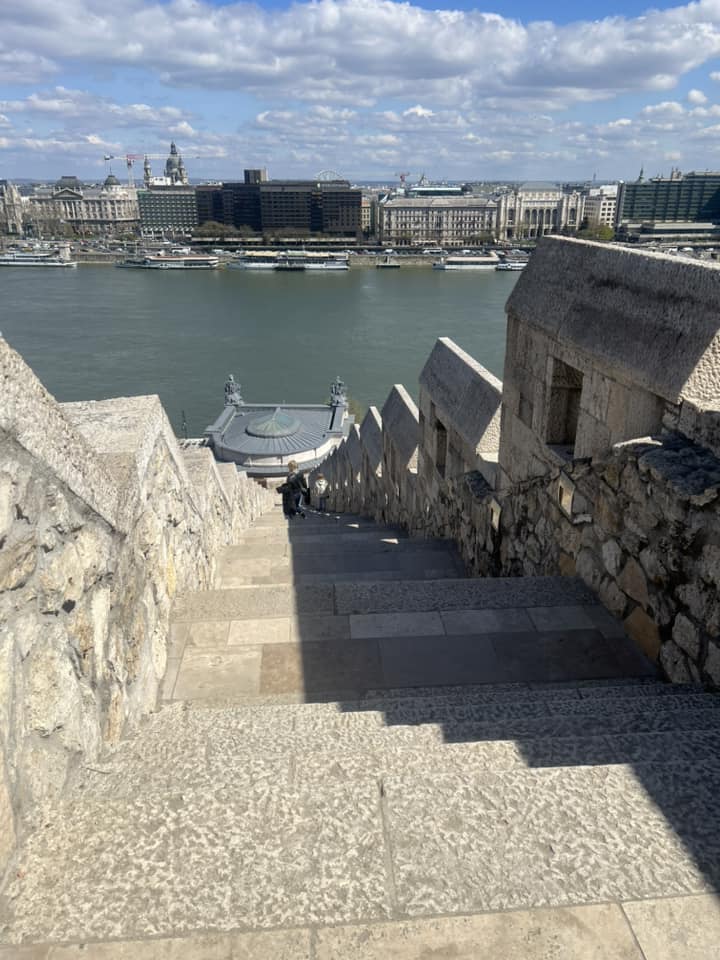
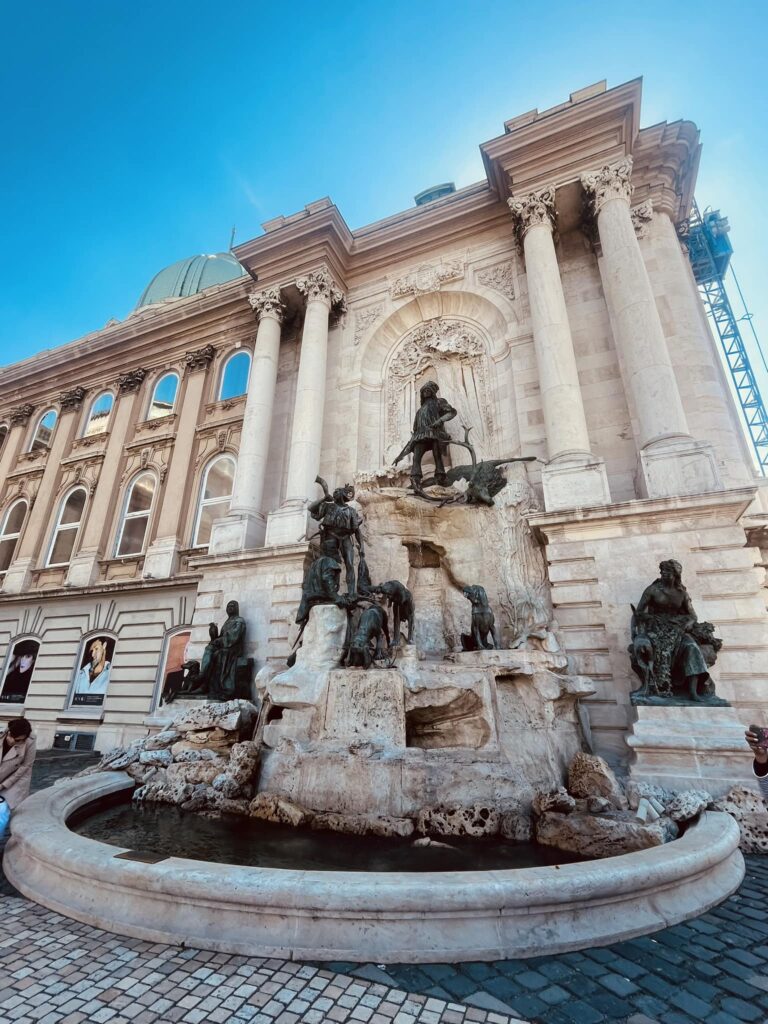
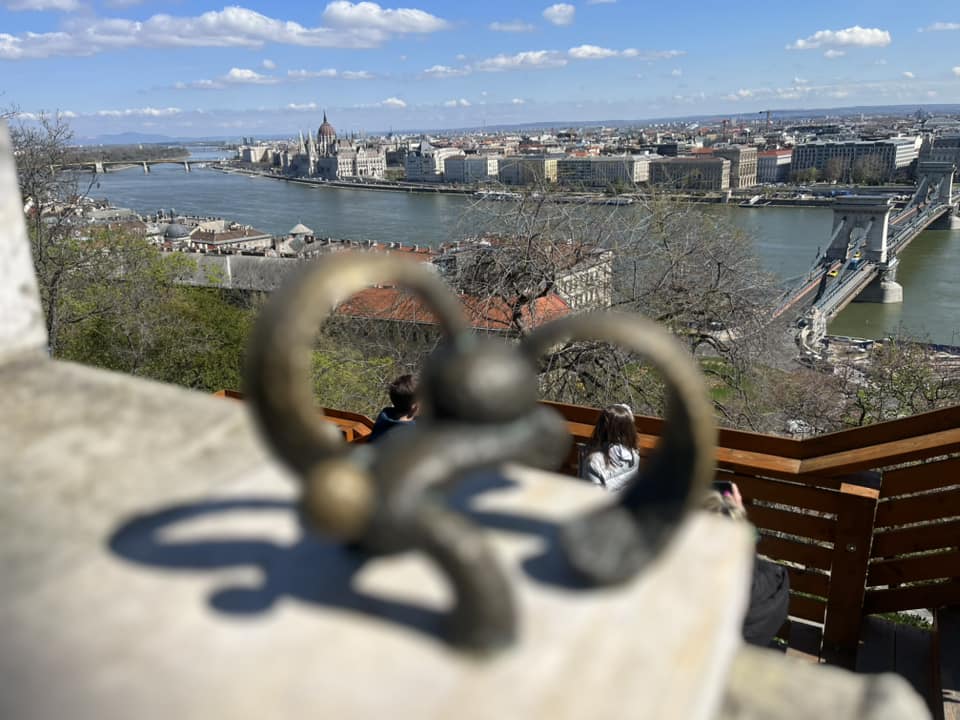
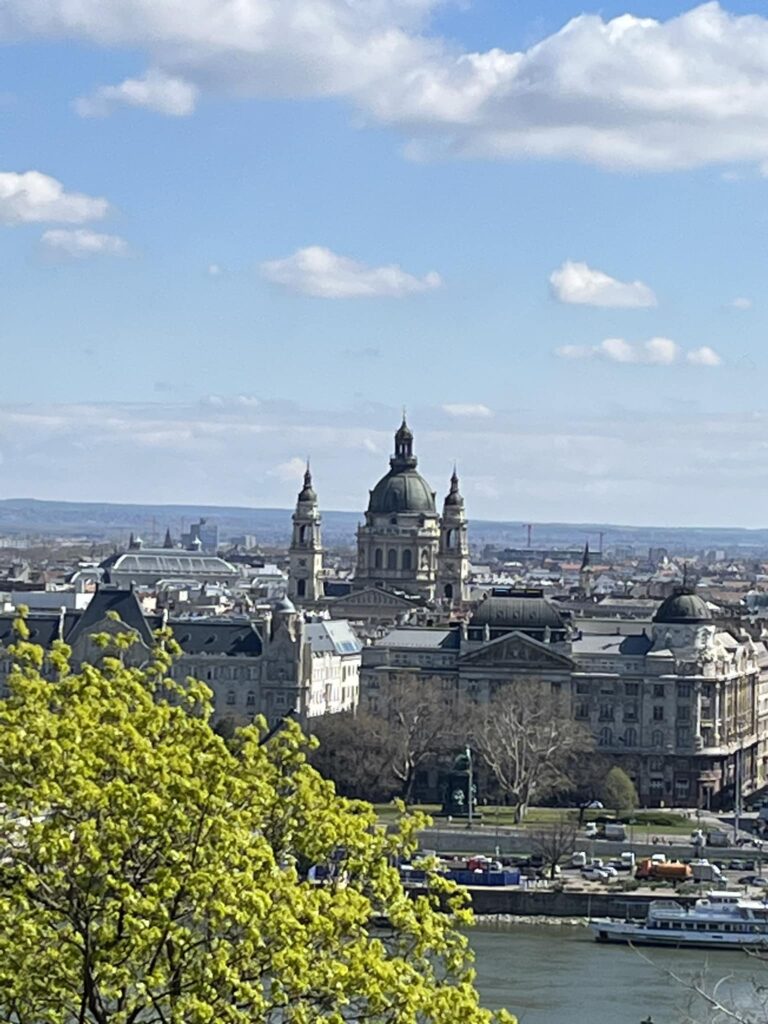
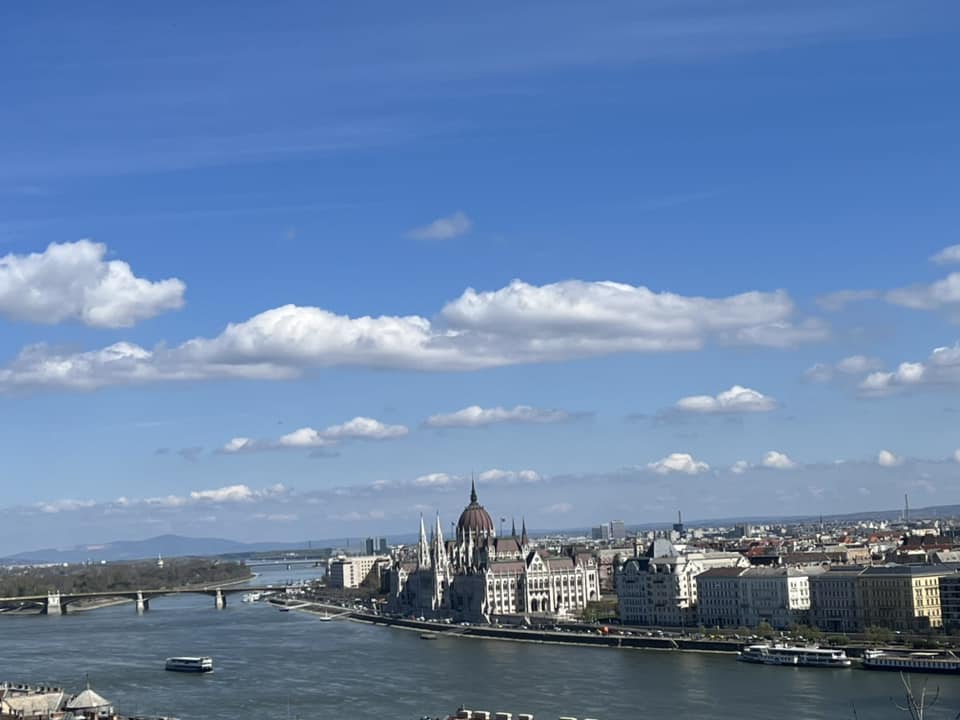
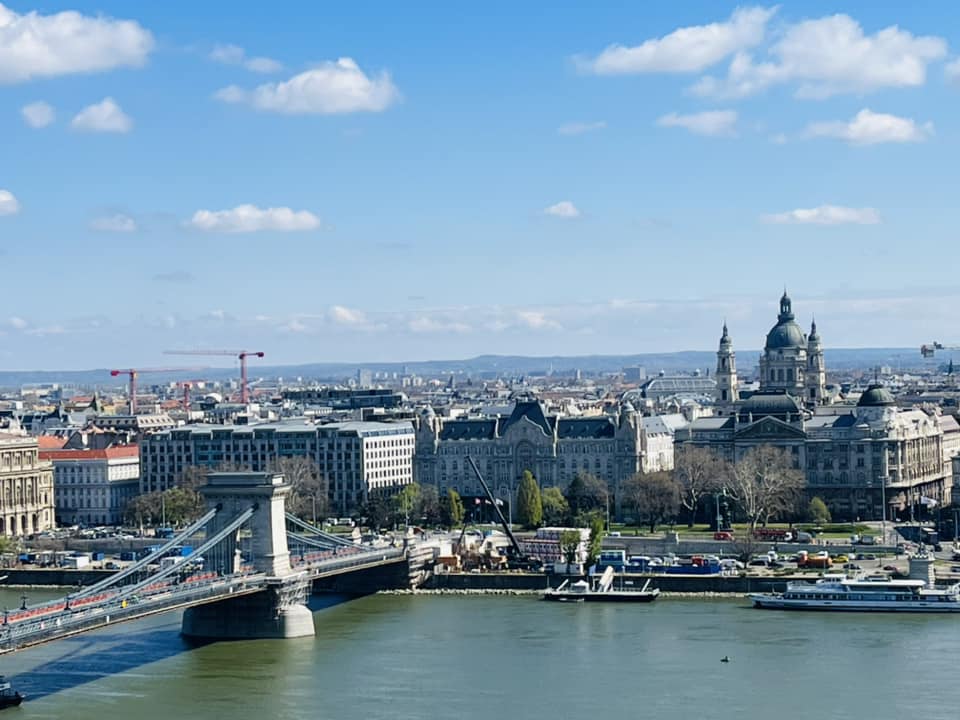
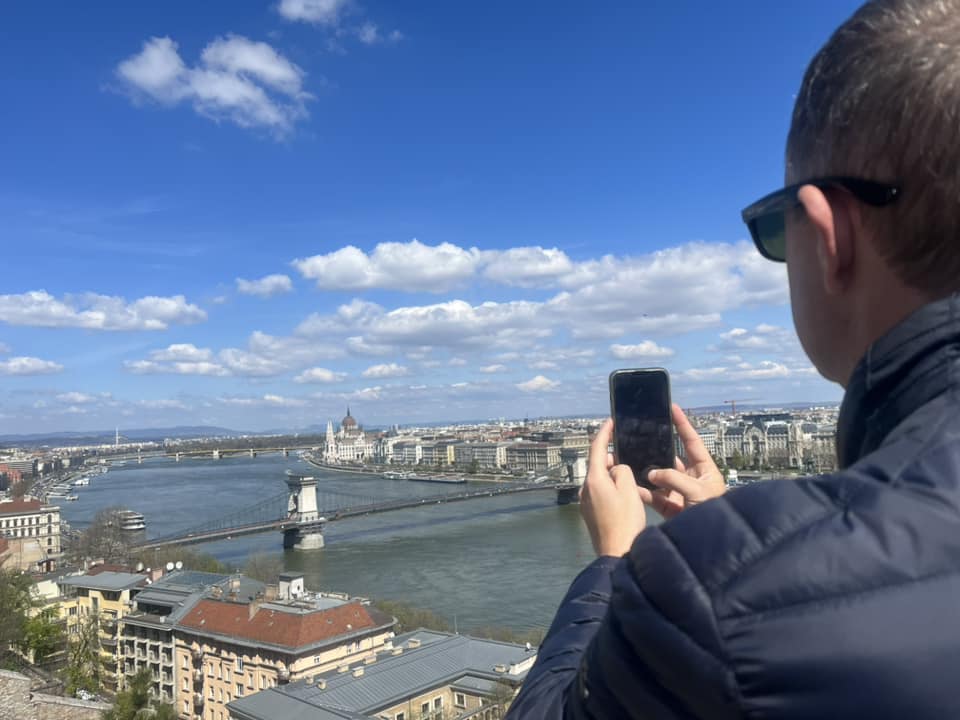
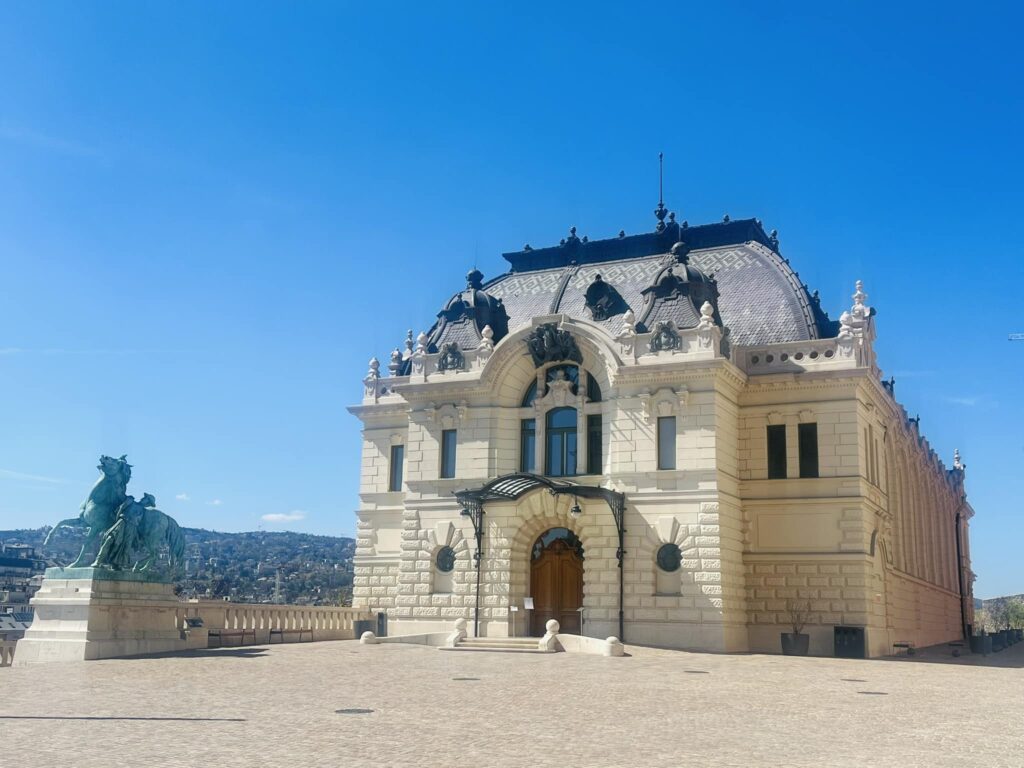
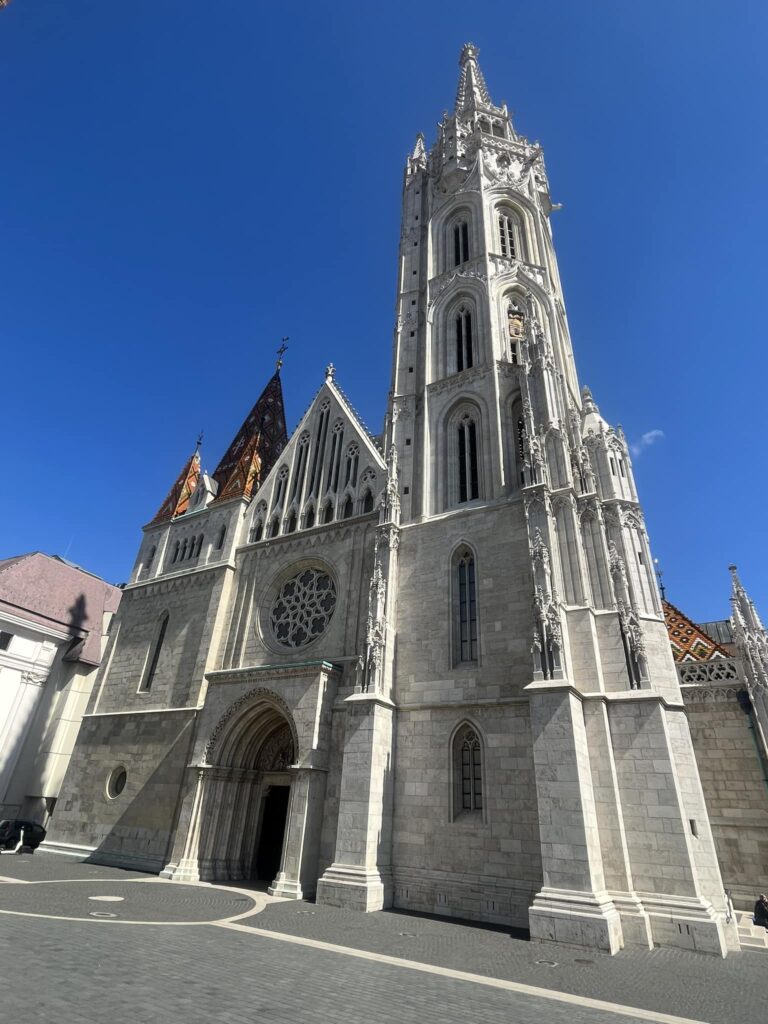
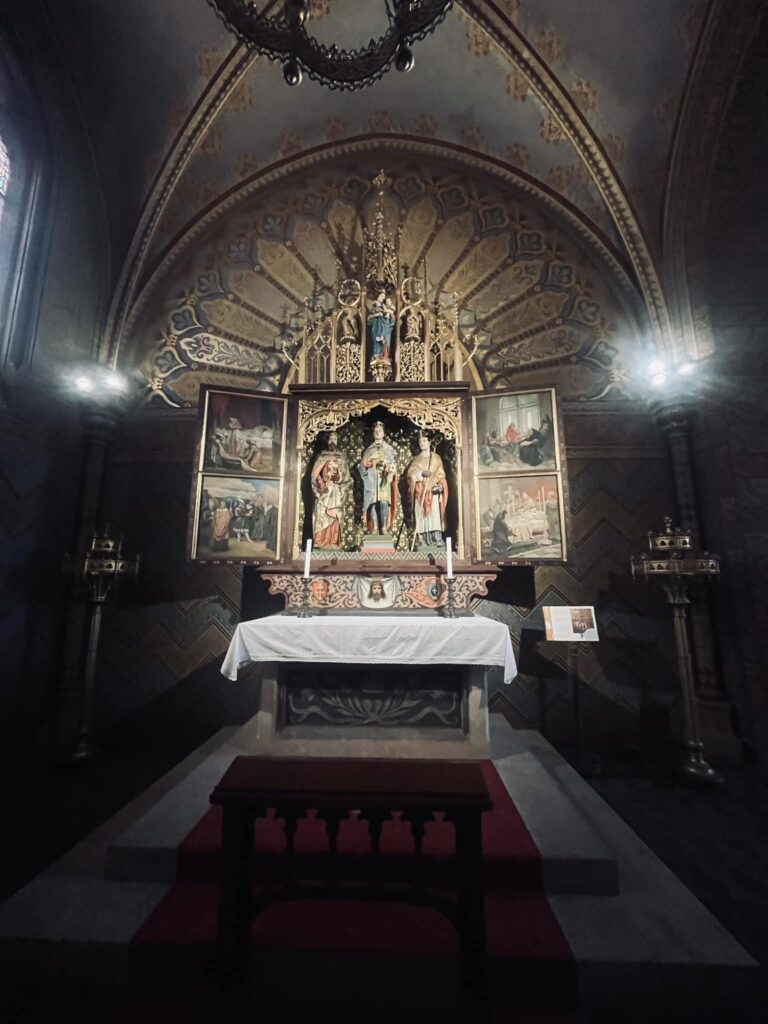
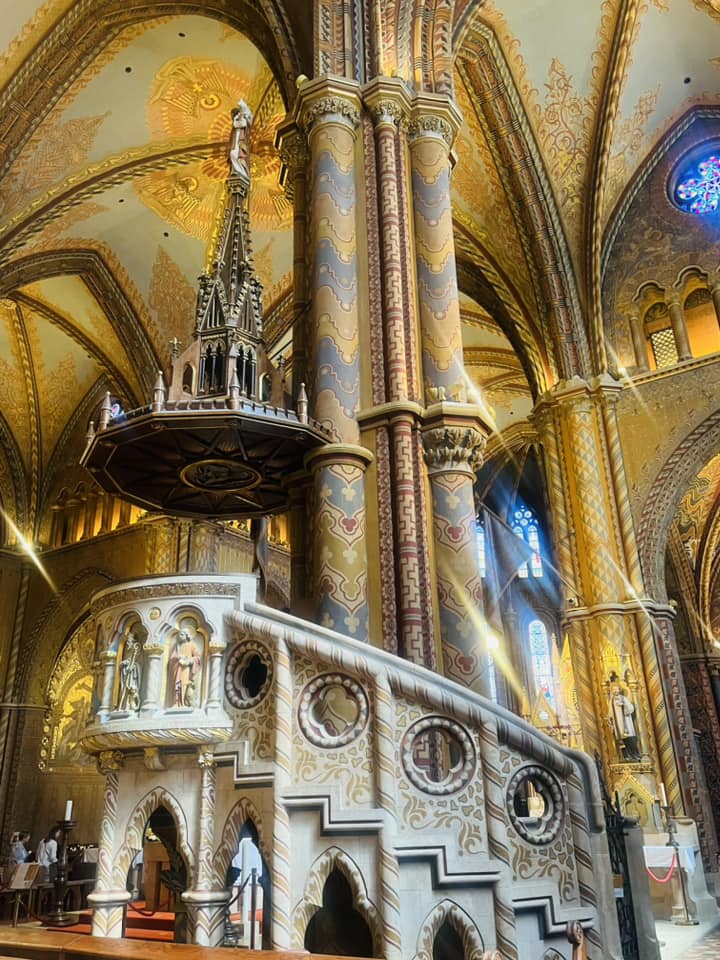
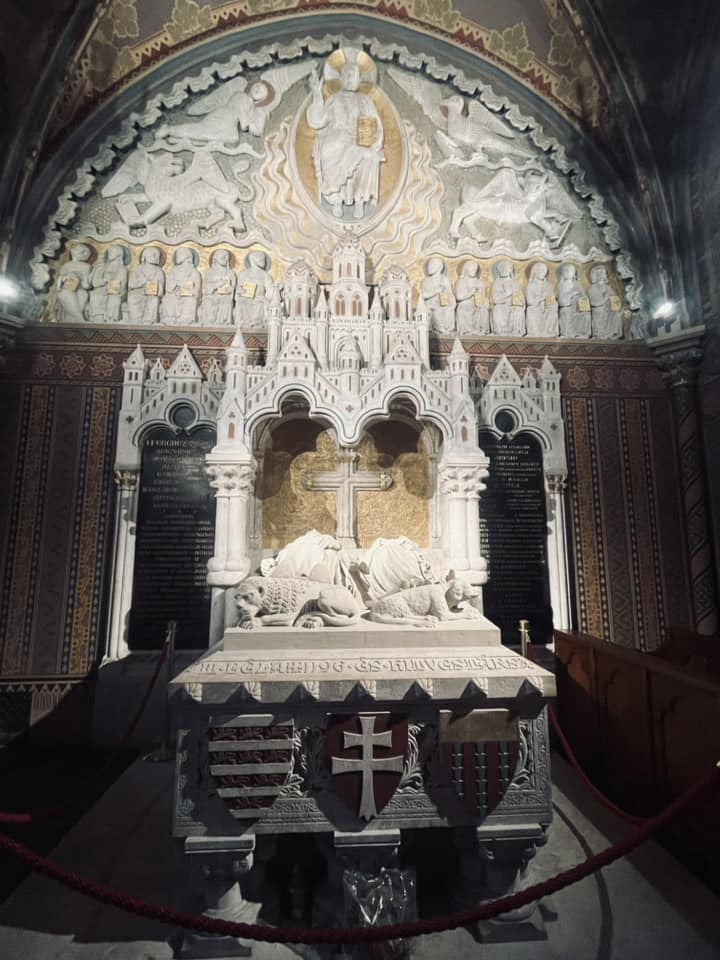
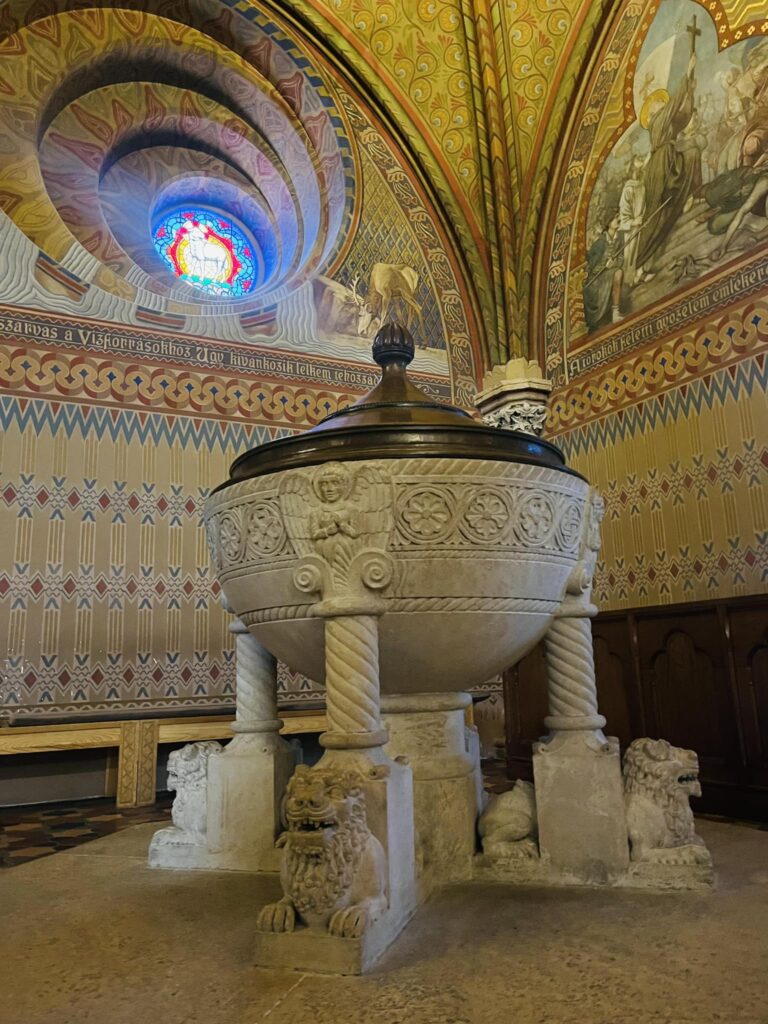
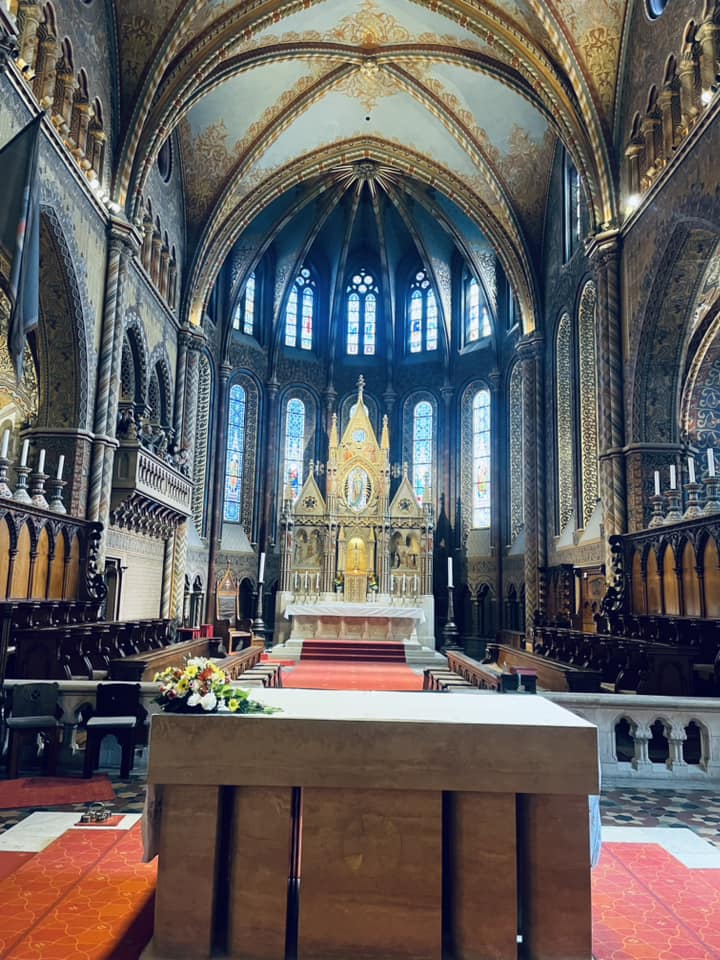
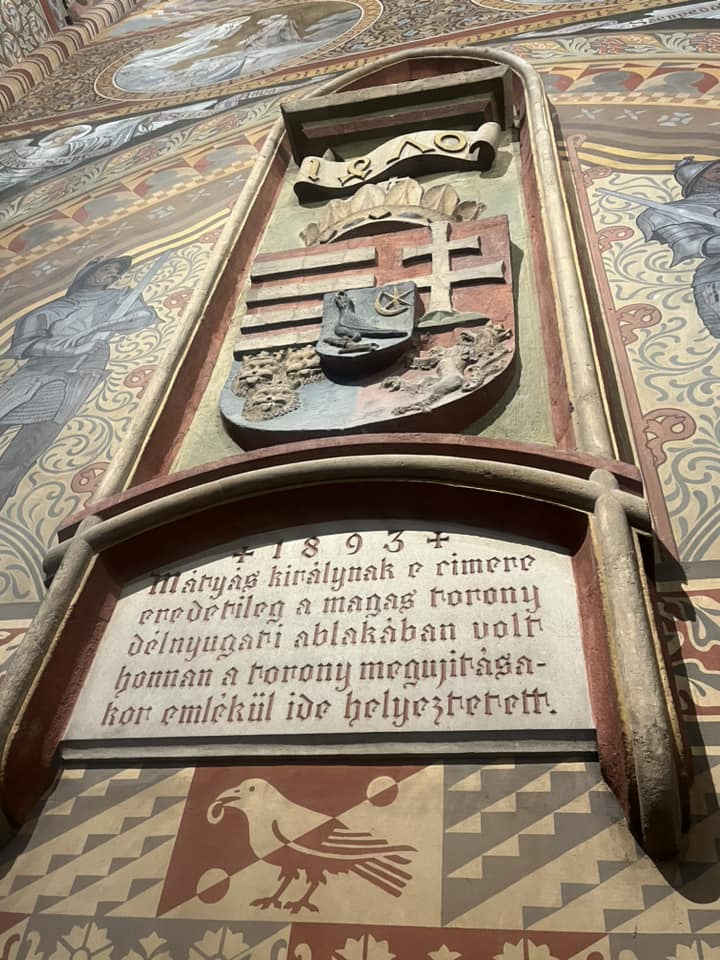
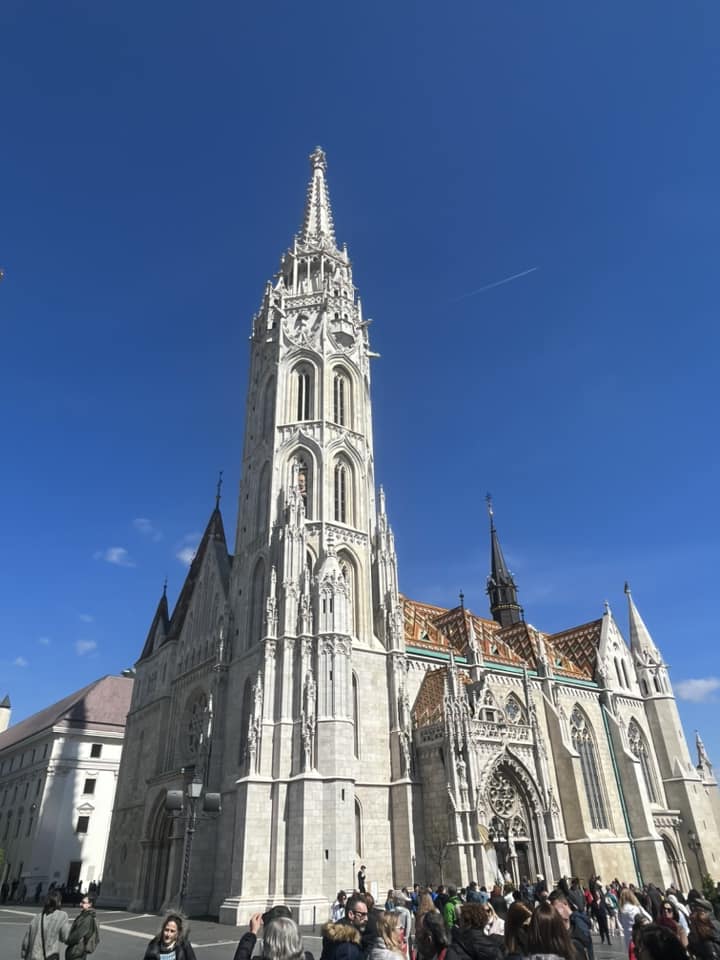
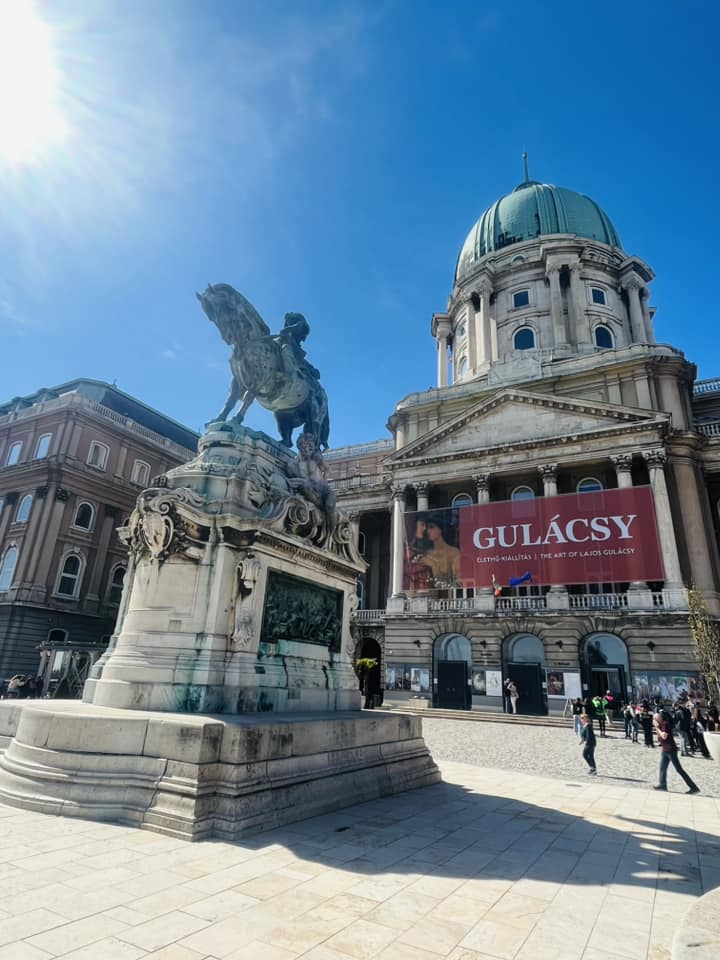
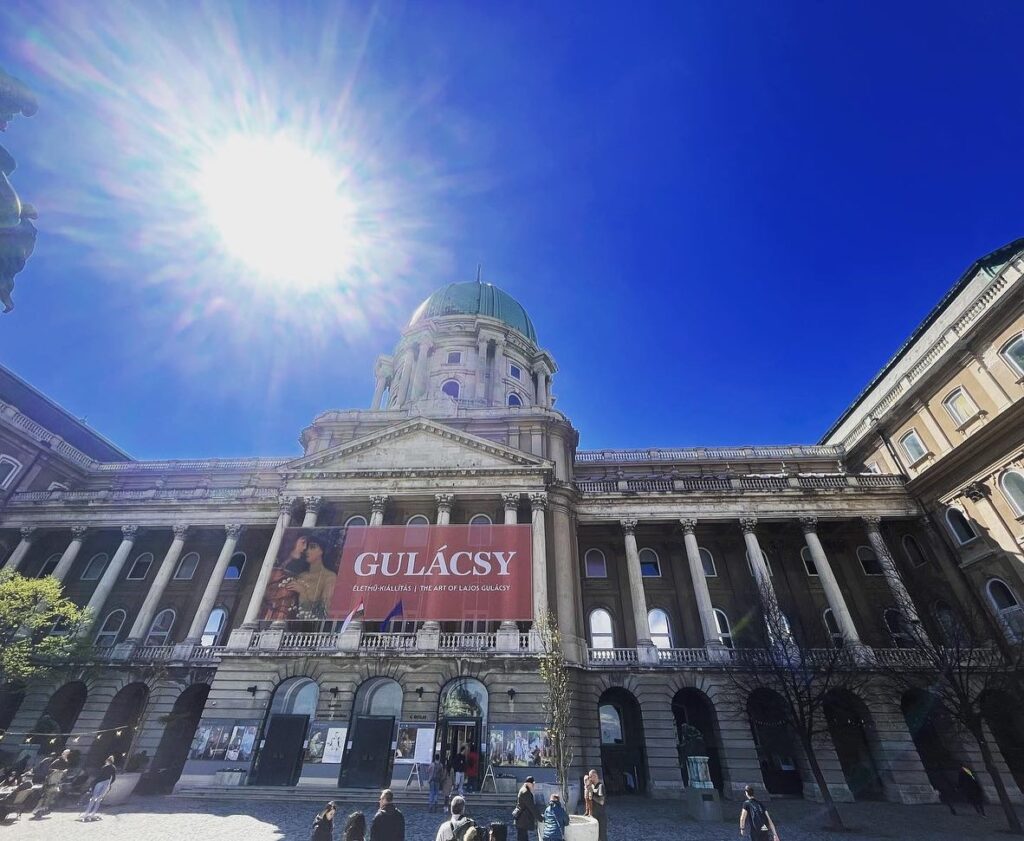
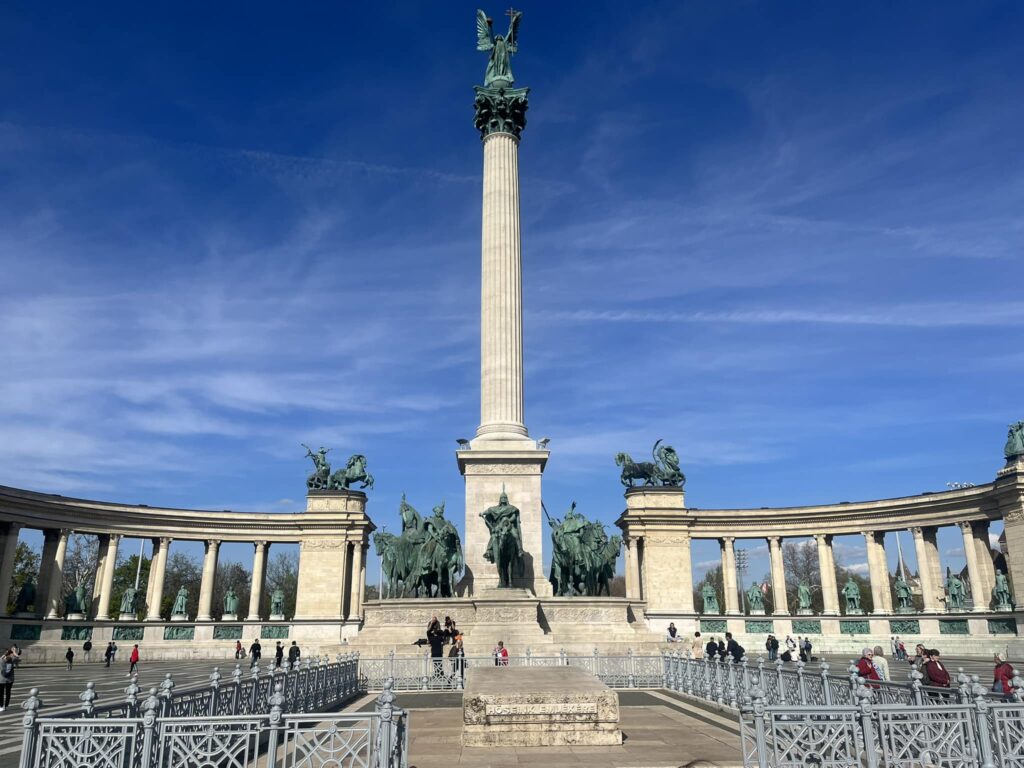
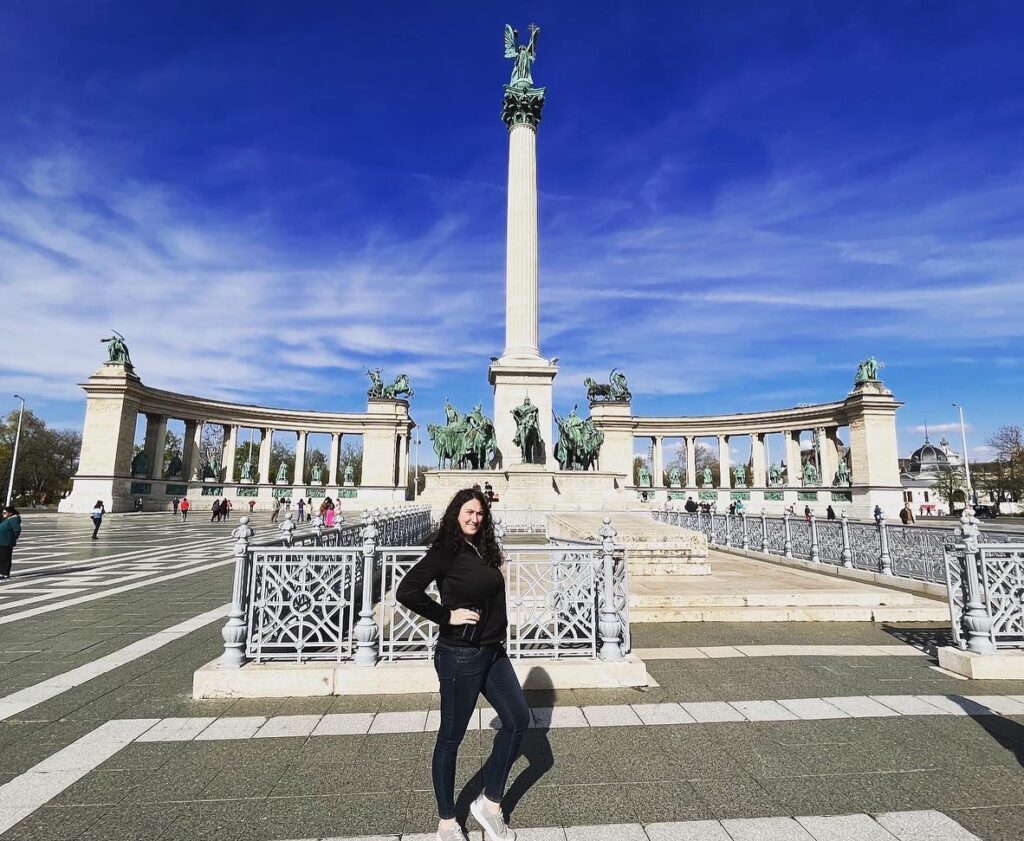
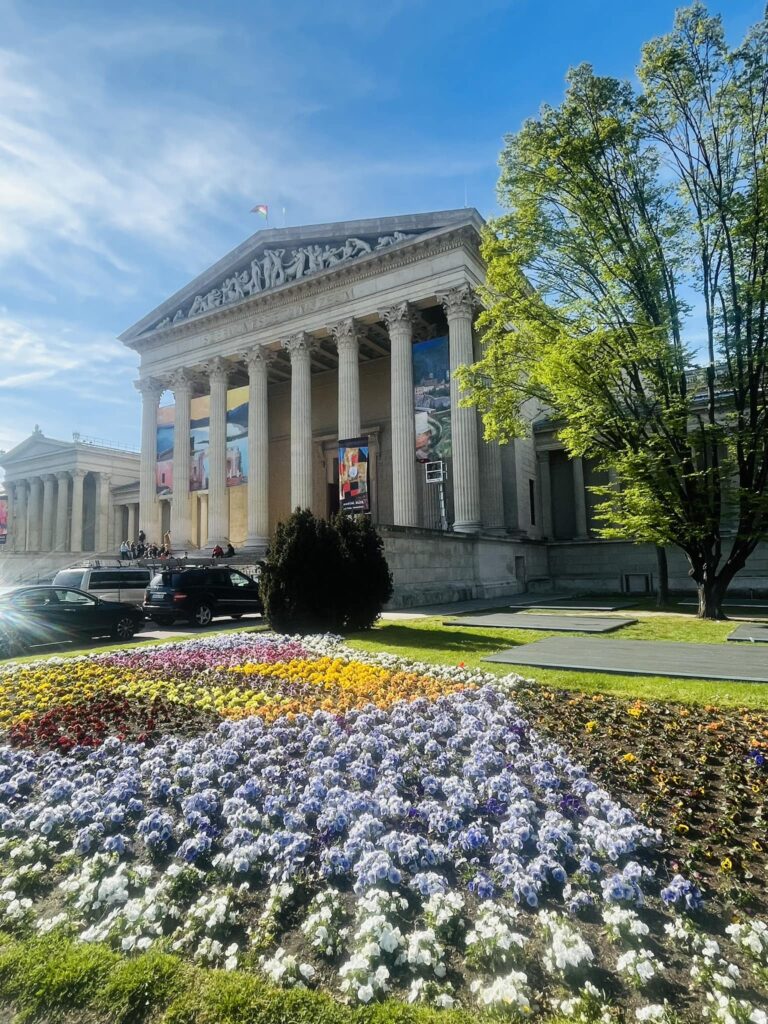
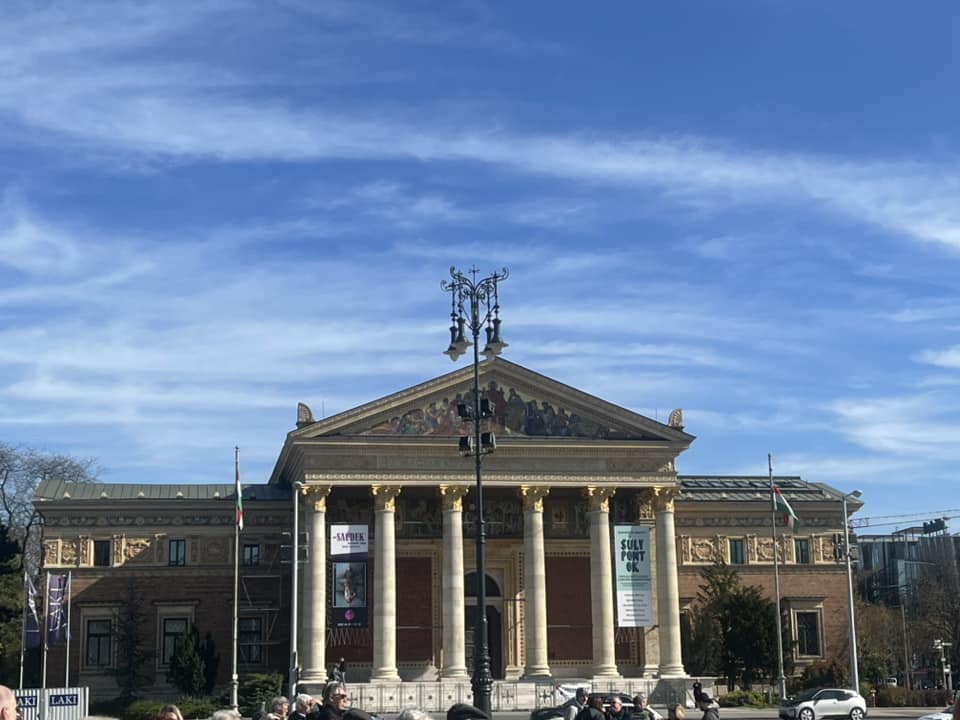
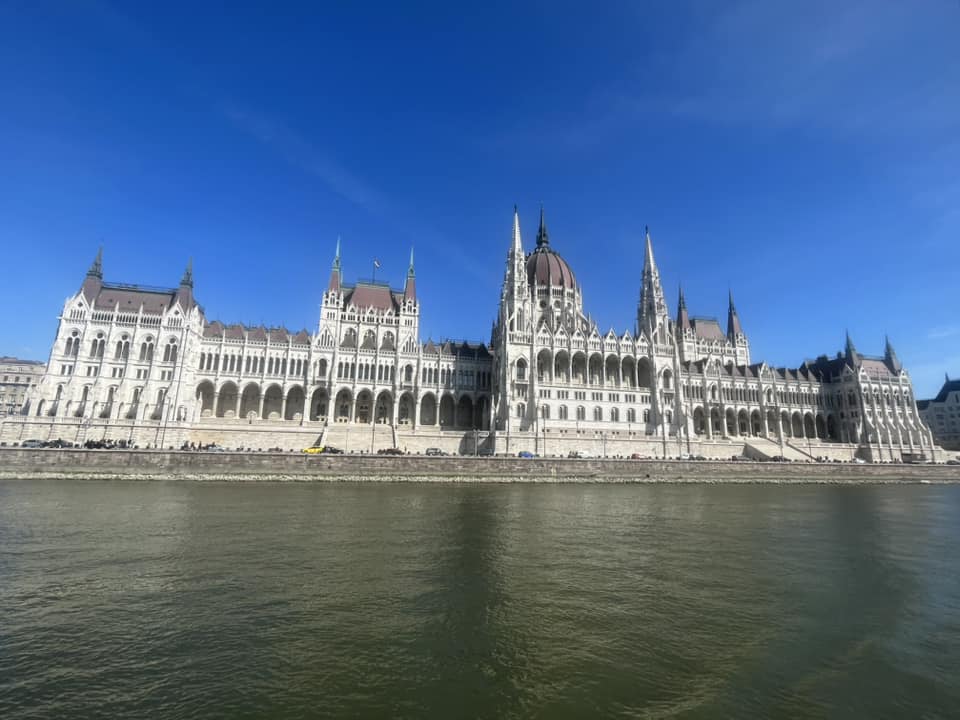

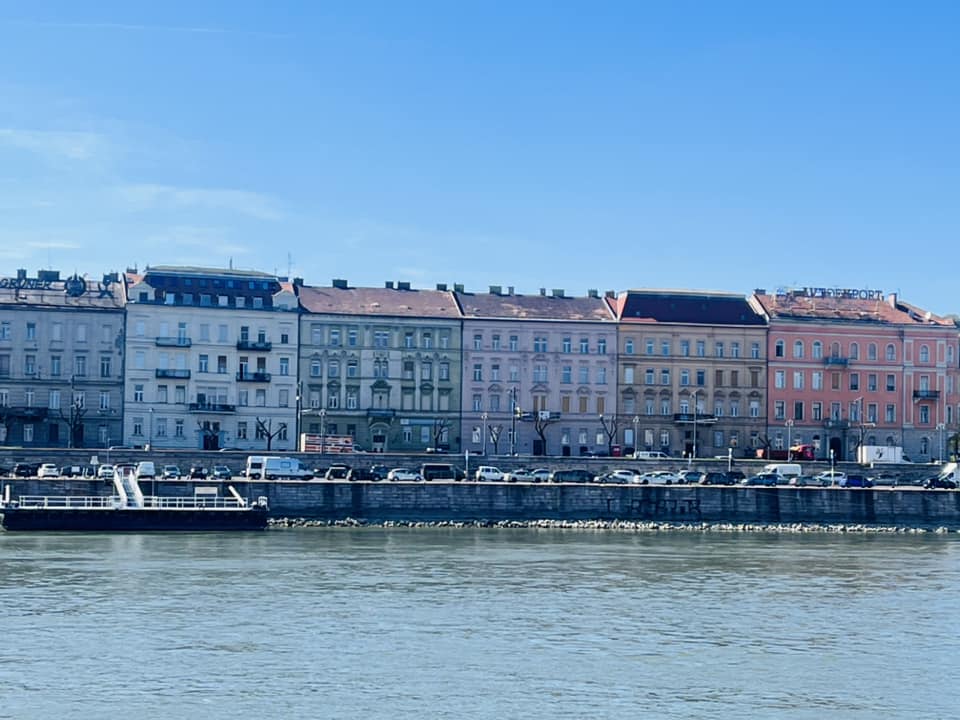
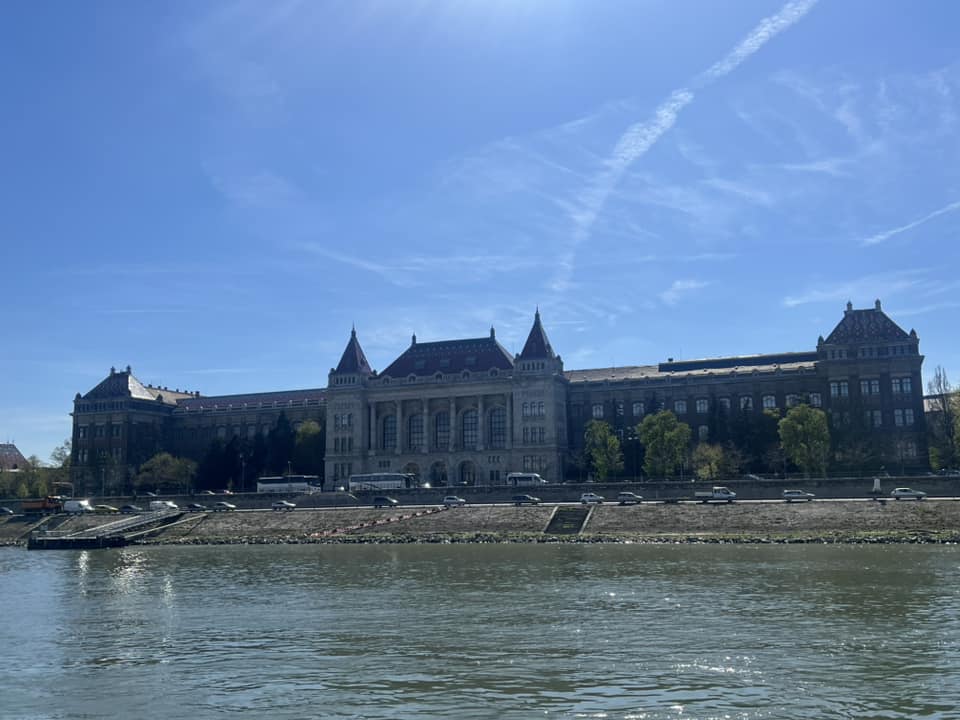
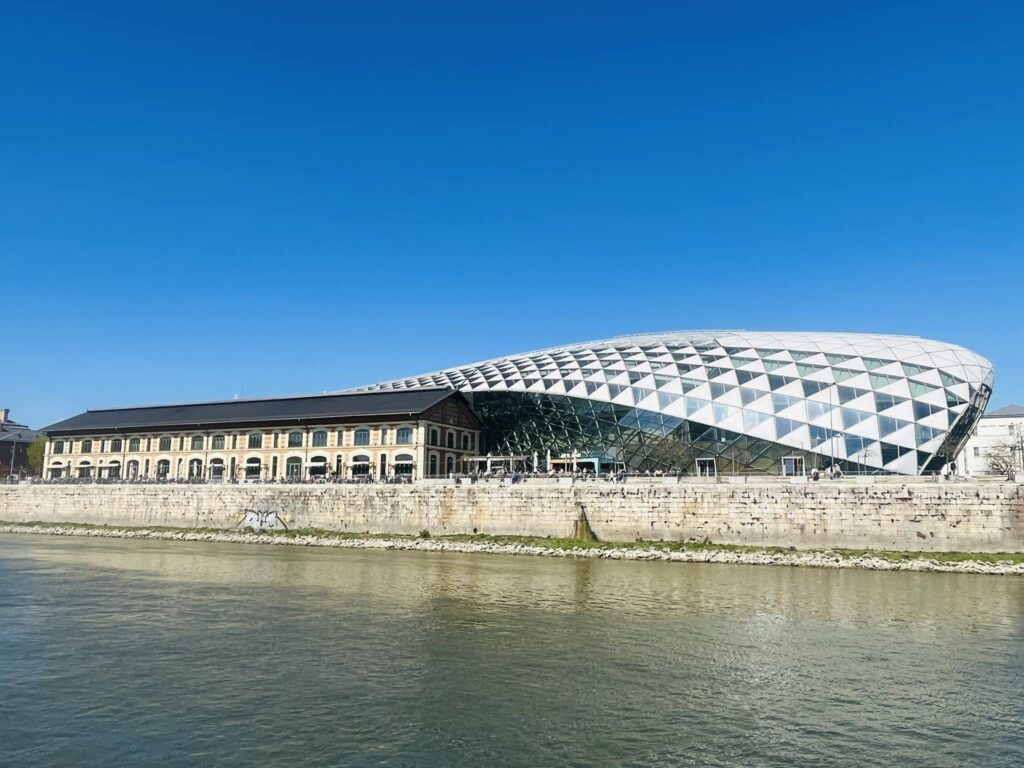
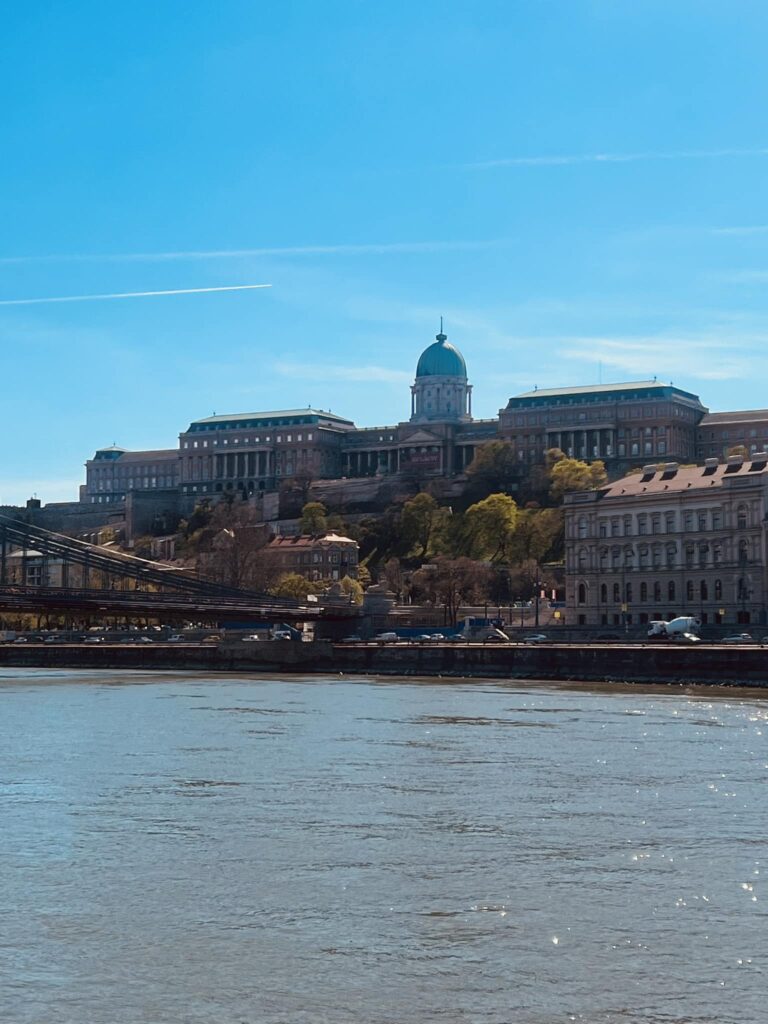
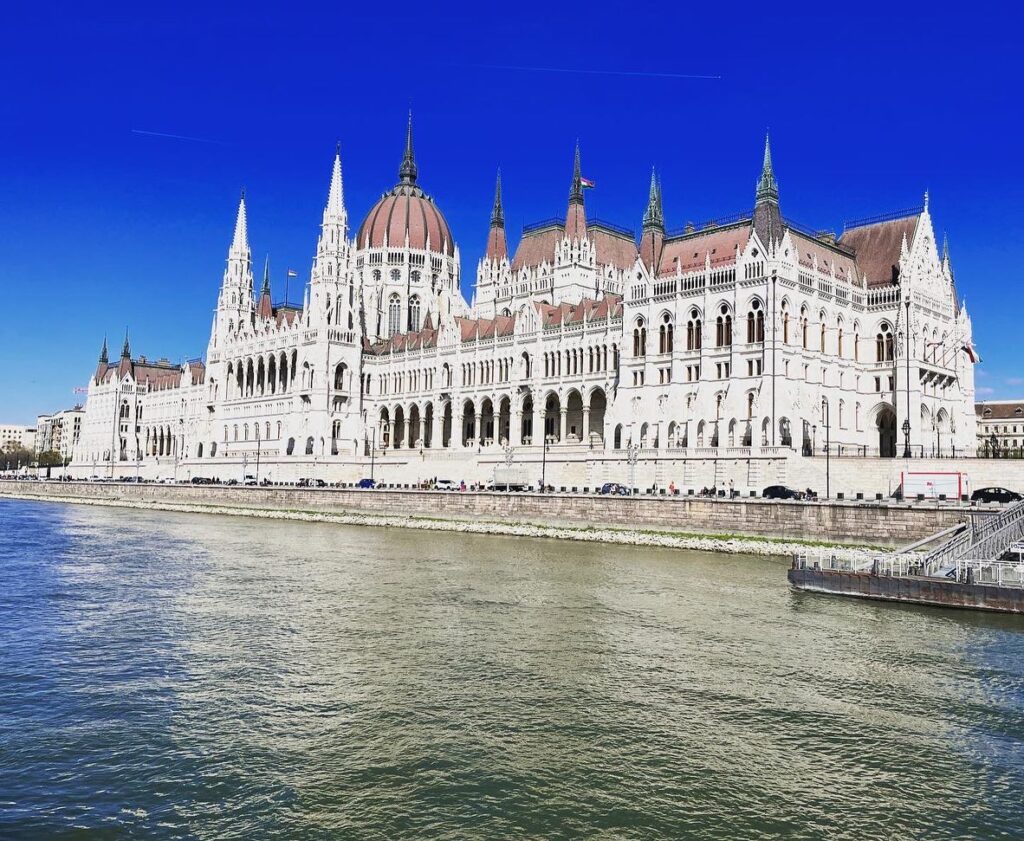
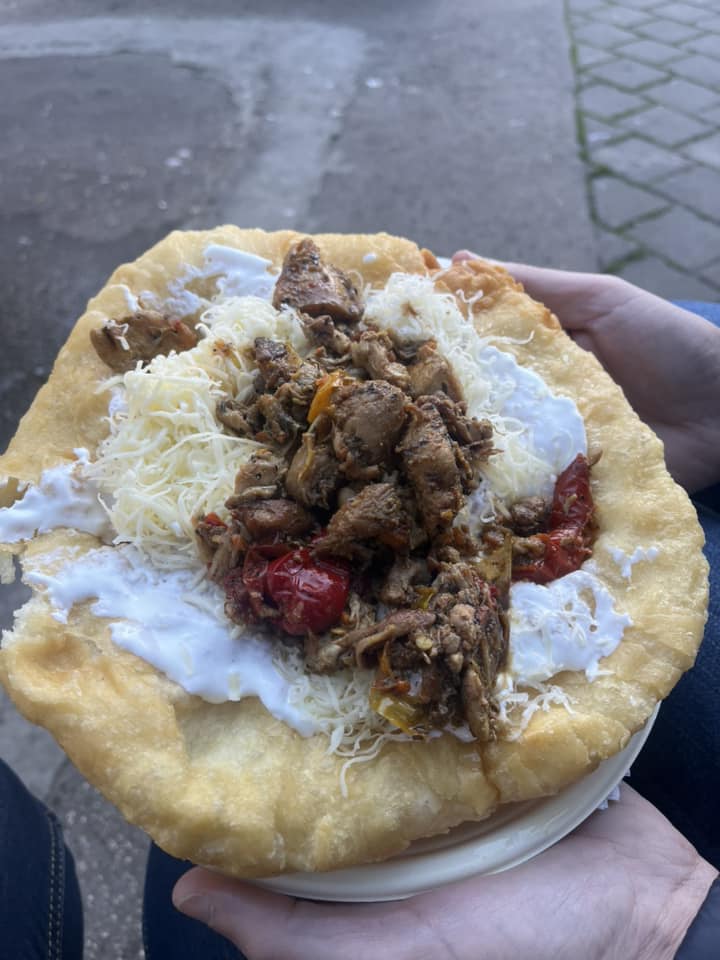



Leave a Reply